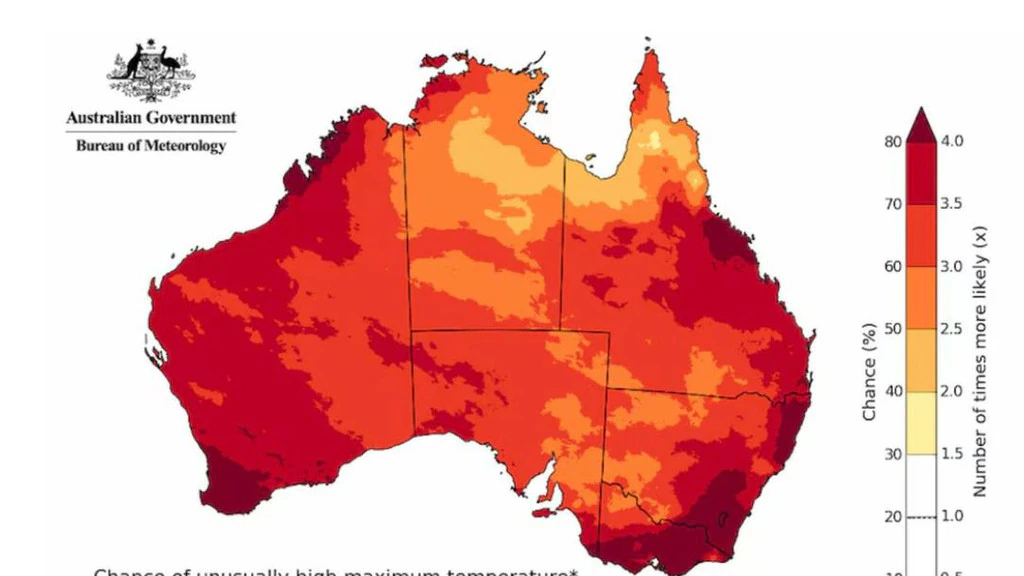According to the BOM, most of Australia is expected to experience a warm winter this year.
The organization’s June to August forecast indicates that areas such as Queensland, NSW, Victoria, Tasmania, and South Australia will experience warmer-than-normal temperatures.

It’s not good news for winter sports after resorts experienced their worst snow season in two decades in Australia last year.
According to data from the Snowy Hydro, the depth of snow in the high-altitude regions of the Snowy Mountains decreased significantly in 2023.
The previous year was the warmest on record in the country. Some experts believe that the temperature will be even higher this year.
Simon Grainger, a senior climatologist for the BOM, said that although the predicted warmer temperatures might not result in ideal snow conditions, they might still allow for good skiing.
He explained that the weather patterns that will affect the country’s south-east will determine the amount of snow that will fall.
Although there’s a chance that a major weather event can affect the snow season, it’s not clear if it will be a wet or dry winter.
According to the BOM, parts of Western Australia, Queensland, and central Australia can expect to receive more rain than usual during the winter season.
This news is good news for WA farmers, who have been struggling with a prolonged drought.
But the rest of the country could experience a drier or wet winter. This comes after an extremely dry autumn across the southern regions.
Climate experts are now focusing on the La Nina weather pattern, which has strong easterly winds.
This could result in a wetter-than-average winter for eastern and northern Australia. The BOM announced the end of the El Nino event last month.
This phase of the weather phenomenon occurs when the winds in the Pacific Ocean slow or even reverse.
It increases the odds that eastern Australia will experience a dry winter.
La Nina is a different weather pattern. In Australia, the temperatures during the winter season are expected to surpass last year’s record.
Data from the Bureau of Meteorology revealed that the average daily temperature during the period was 1.53 degrees Celsius higher than the 30-year historical average.
Since 2012, every winter has been significantly warmer than the average.

